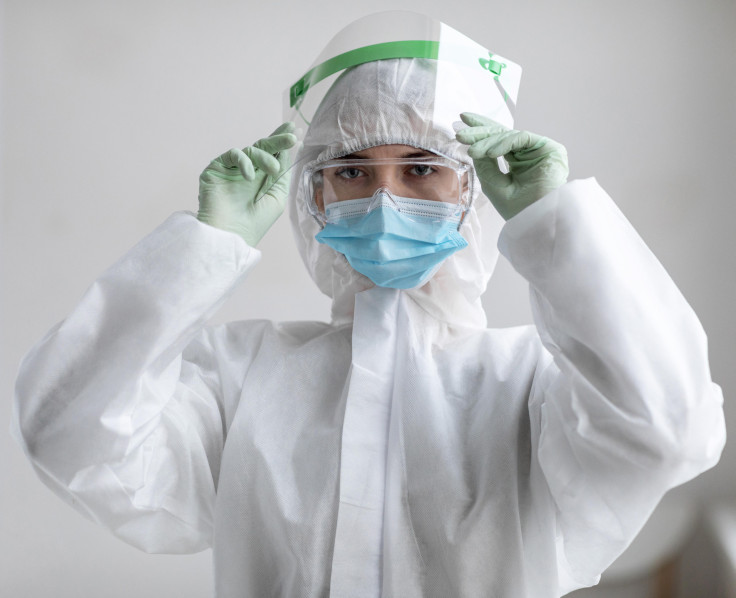Marburg Virus Outbreak Kills 6 In Rwanda: What To Know About Contagious Hemorrhagic Fever

A highly contagious viral infection, Marburg disease, that causes hemorrhagic fever similar to Ebola, killed six people in Rwanda, the country's health ministry said.
Marburg is a rare and severe viral hemorrhagic fever caused by highly contagious orthomarburg viruses called the Marburg and Ravn viruses. The virus naturally found in Egyptian Rousettus bats affects humans and primates like apes and monkeys. While bats carry the pathogen, they do not become ill from it. The infection is typically found in sub-Saharan Africa.
Currently, there is no available treatment or vaccine for Marburg disease. The expected fatality is around 88%.
In the latest outbreak in Rwanda, around 20 people are currently receiving treatment, according to the country's Health Minister Sabin Nsanzimana. "Those infected and the deceased were mainly health workers," Nsanzimana told news outlets.
With Marburg disease cases now reported in seven of Rwanda's 30 districts, officials are racing to contain the outbreak. They have already traced 161 close contacts of confirmed cases and placed them under close monitoring to prevent further transmission.
The WHO announced that a consignment of clinical care and infection prevention supplies is being prepared and will be delivered to Kigali, the capital city of Rwanda in the coming days from its Emergency Response Hub in Nairobi, Kenya.
"We're rapidly setting all the critical outbreak response aspects in motion to support Rwanda halt the spread of this virus swiftly and effectively. With the country's already robust public health emergency response system, WHO is collaborating closely with the national authorities to provide the needed support to further enhance the ongoing efforts," said Dr Matshidiso Moeti, WHO Regional Director for Africa in a news release.
Signs of infection:
The infection begins within 2 days to three weeks after exposure. The patients may experience various symptoms such as fever, chills, and headaches, accompanied by muscle aches and a distinctive rash featuring both flat and raised bumps, often concentrated on the torso. Other signs include chest pain, sore throat, and gastrointestinal issues such as nausea, vomiting, and diarrhea. However, as the disease progresses, it can lead to life-threatening complications, including liver failure, delirium, shock, bleeding, and multi-organ dysfunction.
Transmission:
The Marburg virus spreads from an infected human through contact with the body fluids of a person who is sick or has died from the disease. It can also get transmitted through contaminated objects like clothes, bedding, medical equipment, and semen from a man who has recovered from the infection.
The risk of infection is high for those in contact with Egyptian Rousettus bats or their excretions, individuals caring for patients without proper protective equipment, and people exposed to infected non-human primates.
Prevention:
Since no vaccines prevent Marburg disease, the best approach is to avoid catching the infection. To reduce the risk of contracting the virus, avoid contact with the blood and body fluids of those who are sick, steer clear of semen from someone who has recovered from the disease until tests confirm that the virus is no longer present, and refrain from handling items that may have come into contact with an infected person's body fluids. It is also important to avoid contact with Egyptian Rousettus bats and non-human primates in areas where Marburg disease is prevalent.



























